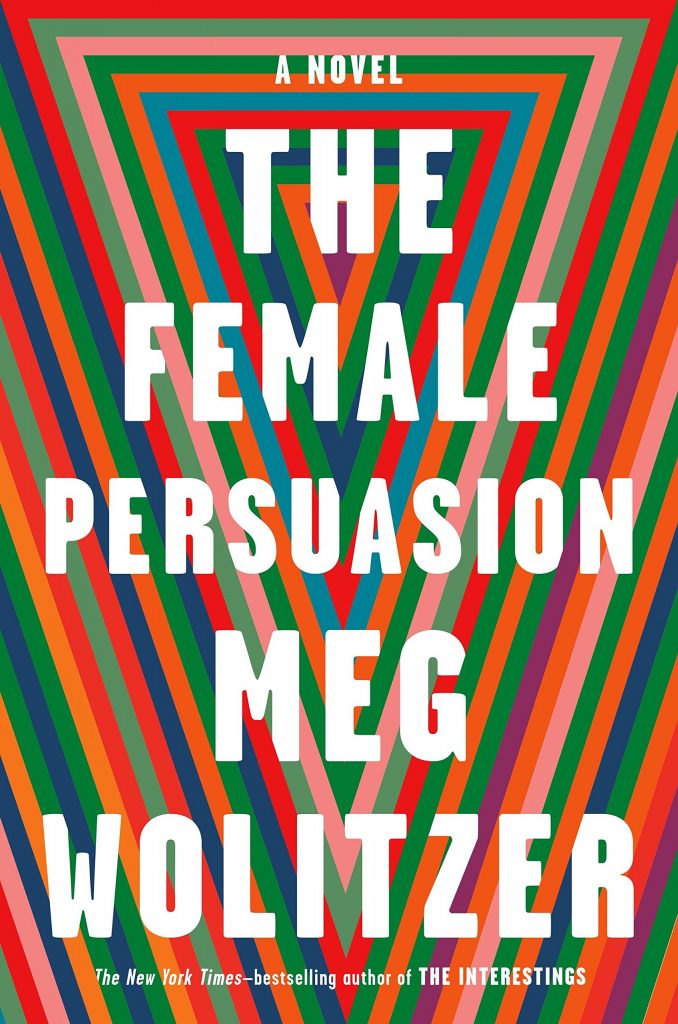
There’s a chill in the air now, and while finals are a few weeks away, curl up with one of these books instead of prestressing about that project or test you’ll probably ace.
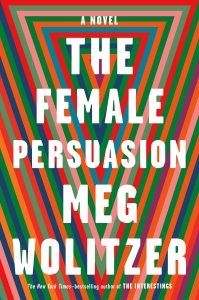 The Female Persuasion
The Female Persuasion
Novel by Meg Wolitzer
After shy college freshman, Greer Kadetsky, is assaulted at a frat party, a friend introduces her to feminist icon, Faith Frank. Faith influences Greer to be less passive, more aggressive and to find her voice. After the two meet, they stay in close contact and Greer is offered a job at Faith’s newly formed feminist, girl-power driven publication. However, the company was formed with some shady funding and a mess of a PR team. Greer does what is right, and we follow not only her story, but Faith’s rise to fame. The perspective of Greer’s boyfriend Cory is also included, and how he drops his plans for a startup due to a family crisis shows that men can also have positive roles in feminism.
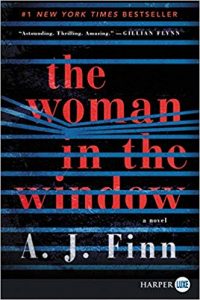 The Woman in the Window
The Woman in the Window
Novel by AJ Finn
Anna Fox is a psychologist dealing with her own problems: her husband has left her and taken their daughter, and because of a traumatic incident, she is now a recluse and an alcoholic. Her only pleasures in life now include watching old films, counseling fellow agoraphobes online, and spying on her neighbors through her window. When a new, mysterious family moves in, Anna is intrigued by the fact that the son is incredibly sensitive, the husband is controlling, and the wife seems to be a figment of Anna’s imagination.
The novel, which is Finn’s debut, has at least three unexpected but still impressive twists. A movie based on this book is expected to be released next October.
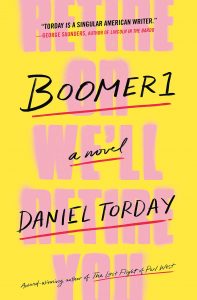 Boomer1
Boomer1
Novel by Daniel Torday
This novel encompasses the millennial frustrations that are so common: lack of job prospects, housing, high cost of rent and the misconceptions that the baby boomers have about us. Former journalist, Mark, is upset with a lack of teaching positions due to baby boomers not retiring, so he heads from New York to his mother’s basement and begins a revolution online under an alias. He calls on his fellow millennials to create anarchy against the older generation, and chaos ensues. The novel shifts between Mark’s perspective, his ex-girlfriend Cassie, and his baby boomer mother as a way to show a counterpoint: Not all millennials like Cassie are struggling, and not all baby boomers are bad. The novel is exciting, well paced and amazingly written. Today really takes the idea of “showing, not telling” in writing to the extreme, which works great for the plot line.
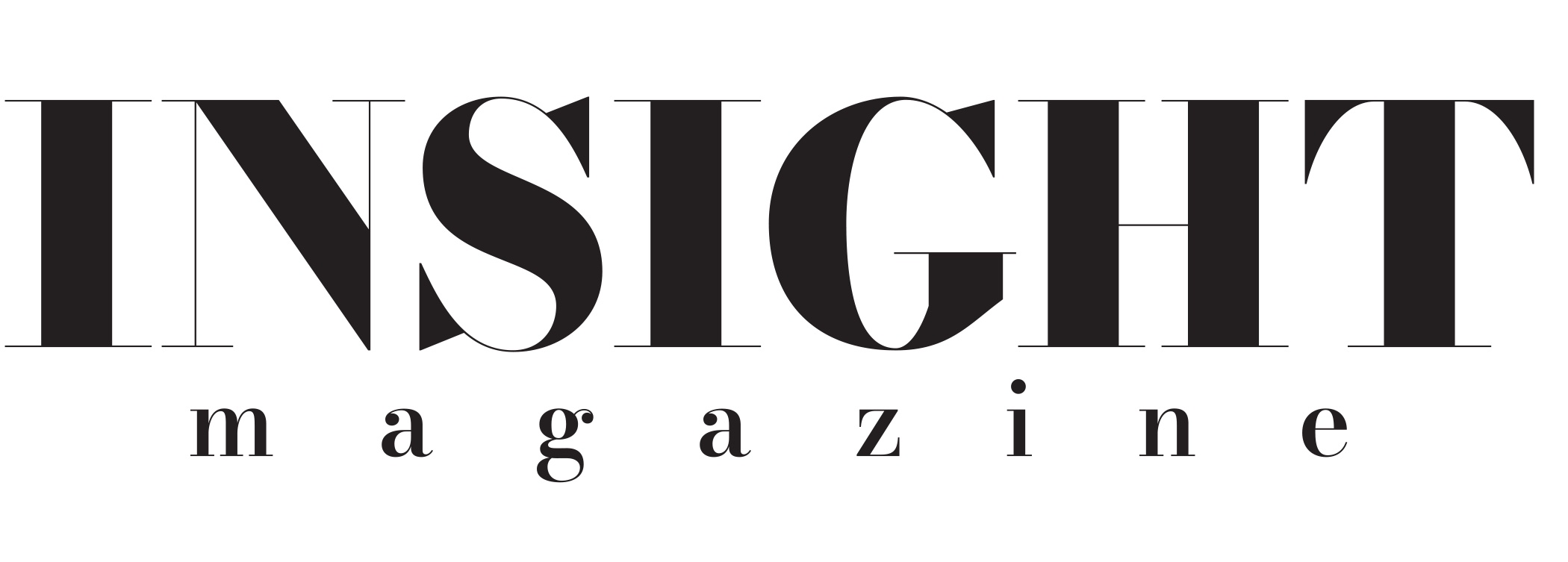
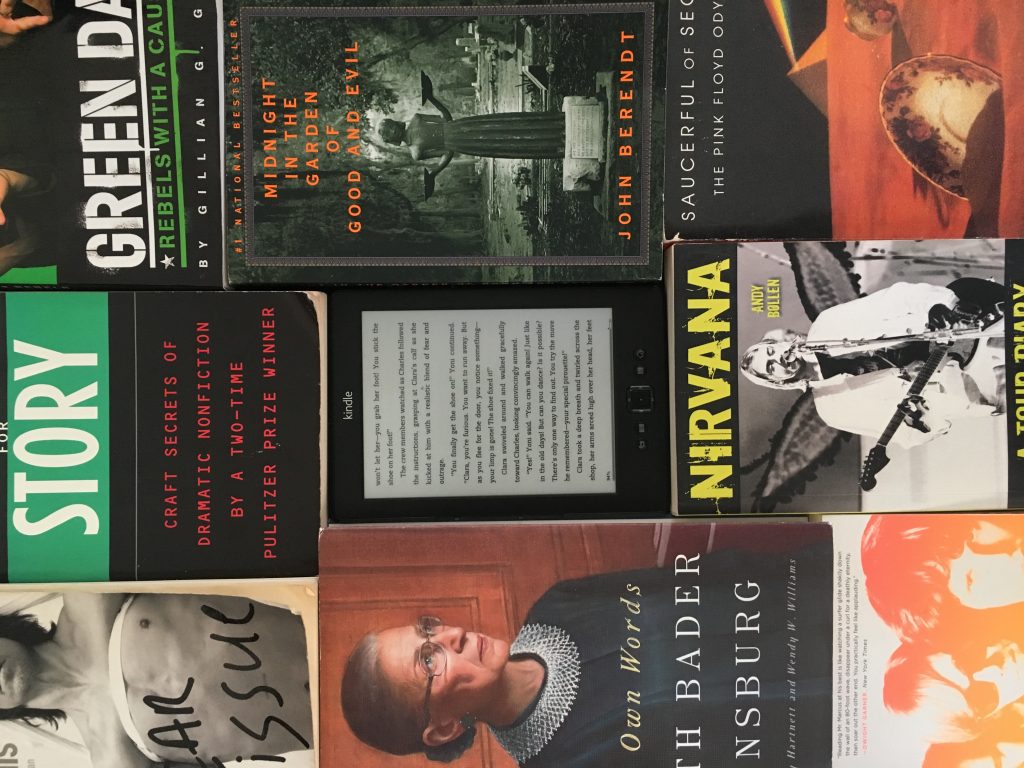
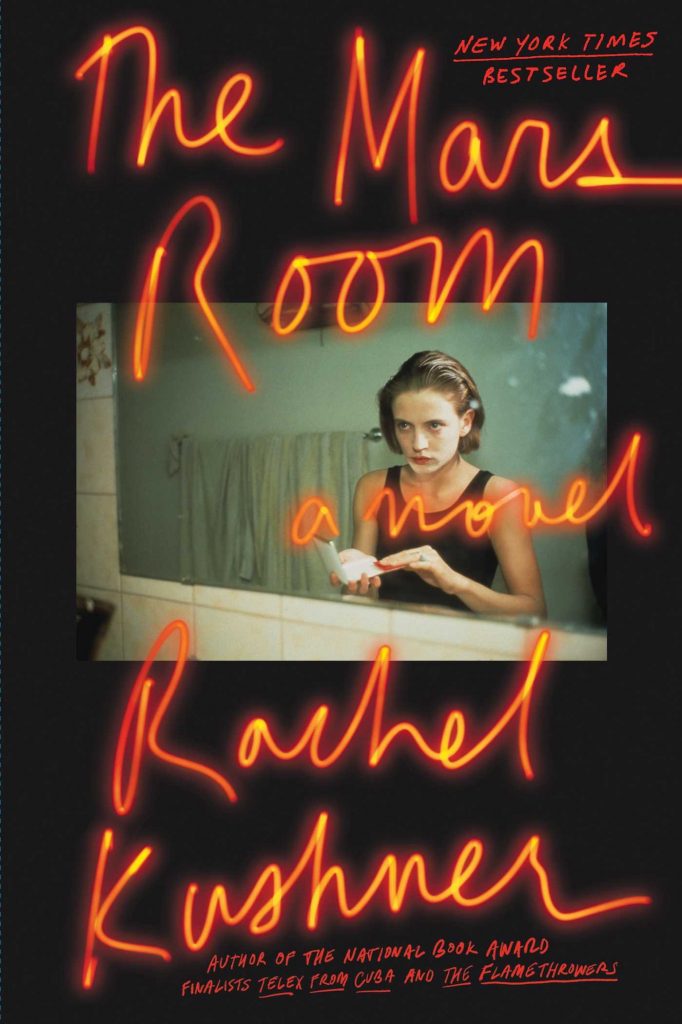
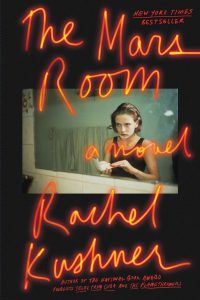 The Mars Room
The Mars Room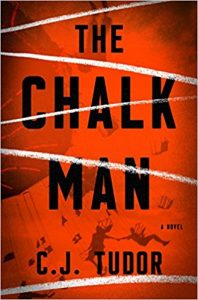 The Chalk Man
The Chalk Man Scar Tissue
Scar Tissue